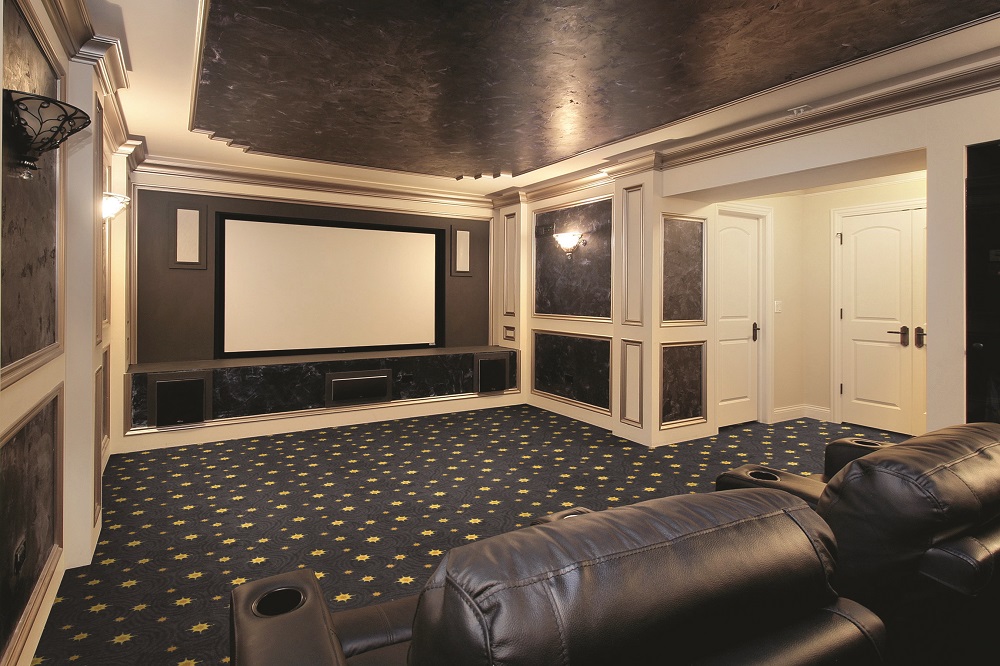Design Tips You Need To Know For Your Home Theater
A Perfect Viewing Space Goes Far Beyond Just Home Audio Video

Home theaters can make for the perfect viewing environment.
When every piece of technology works in sync with the design of the room, your watching and listening experience is unparalleled.
What happens, though, when there’s conflict between a theater’s technology and its interior design? You can experience screen glare, uneven sound and even poor sight lines.
Before you even think about installing technology into your Bedford, NH home theater, you should consider the following design tips.
Once you understand your own theater’s design and infrastructure, you can choose the home audio video components that will perfectly fit your room and enhance your viewing experience.
SEE ALSO: Technologies for the Ultimate Home Theater Experience
Start With The Basics
Here are two simple questions that you can begin your project with:
- Where do you plan to place your home theater?
- What are the dimensions of the room?
The answers you provide might not seem too important at first thought. However, they are pivotal to the success of your setup.
For example, if you plan on converting an existing room within your residence into a home theater, you would want to ensure that it can supportthe wiring for your technology. If it were in a room with windows, you also would need blackout shades to eliminate any glare from outdoor light.
Even if you are building a dedicated home theater as an addition to your property, you should consider its location into the room’s design. If it will be near other areas that your family congregates, you can add sound proofing to keep noise within your theater.
Your theater’s size also will play a critical factor in how you design its interior. You will want to choose a seating setup, a speaker arrangement and a screen size that make sense in relation to the dimensions of the room.
Once you have a basic understanding of where your theater will go and how it will look, you can begin to build a cohesive system.
Creating Your Ideal Space
After you determine the space for your home theater, you can begin to think about how it will look from the interior.
Consider using non-reflective wall colors that will keep light from bouncing back onto your screen and creating glare. Choose lights that can dim to your preferences when the movie begins.
Ultimately, though, your seating arrangement will play an even more prominent role.
To get the most out of your setup, use seats that have low chair-backs so that you can hear surround sound without any interference. Also, make sure that your seat configuration is such that anyone can have a clear view of the screen and a synchronized listening experience.
When deciding on a screen, your seating arrangement will be among the most important factors. You will want a screen that makes viewing easy and enjoyable.
The last thing you want is for guests to crane their necks or move to a different seat to watch the action.
Enhance Your Experience
With a residential theater, you’ll want everything to work at its best – from your home audio video components to the overall functionality of the design.
A professional can integrate each technology component of your home theater – from motorized shades to a Blu-ray player -- into a control system that’s easy and convenient for you to manage.
You also can add specialized treatments to the walls of your theater to prevent sound from escaping and instead maximize acoustic performance.
As you build an infrastructure that supports and enhances your home theater, the technology you choose will work at its best and will provide you the ideal viewing and listening experience.
If you want a custom theater for your Bedford, NH residence or you’re interested in more home audio video tips, we can help you. All you need to do is call us at 603.236.7771 or fill out the form on the page linked below.



